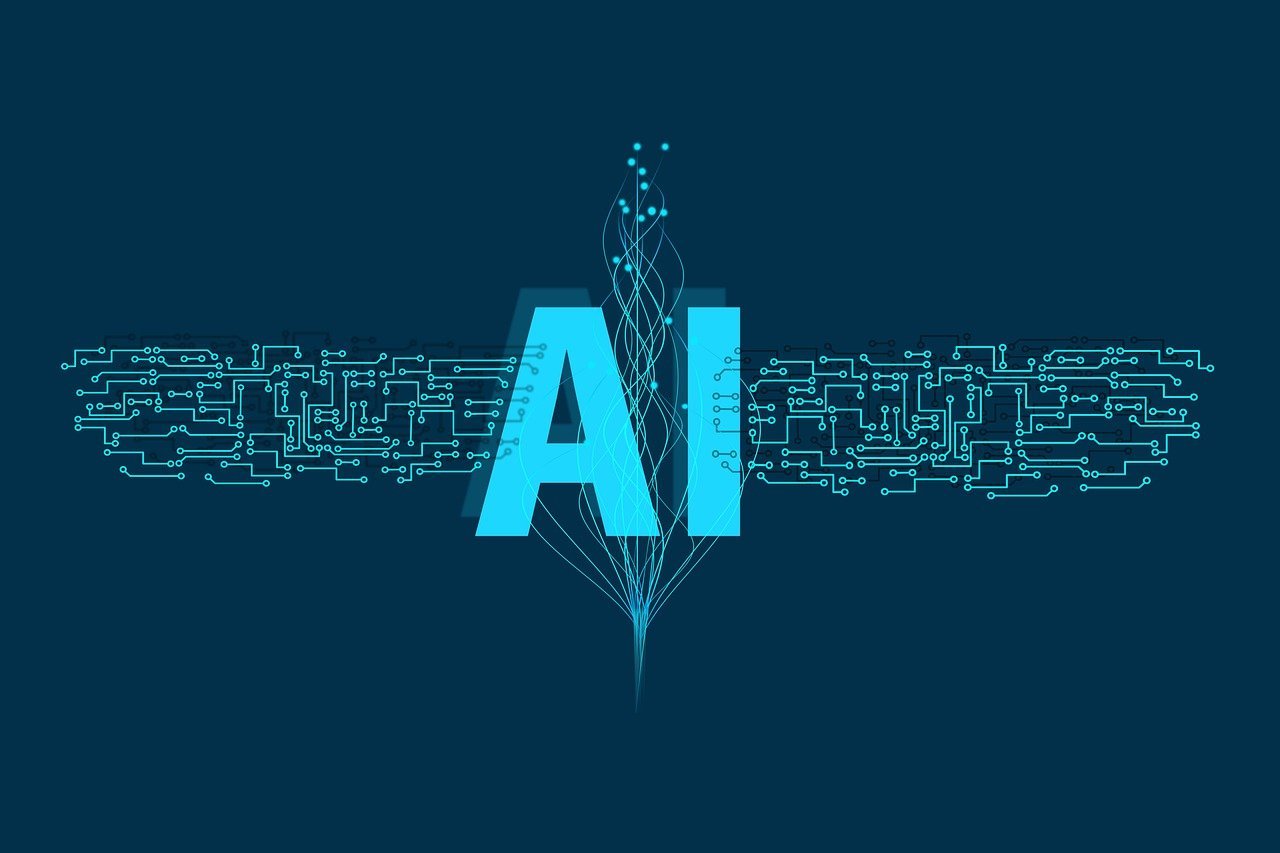
The enthusiasts played a crucial part in squandering a lot of time when there should have been almost no or very little time lost over ten years ago when they dreamt of uniting the development and operations teams. As a result, they destroyed the wall that separated them. The concepts around DevOps approaches and their operational principles are rooted in the agile methodology, which emphasizes the iterative nature of the development cycle. Thriving technology companies widely recognize the significance of effective communication and cooperation within teams, as they acknowledge the potential long-term advantages that may be derived from these practices.
Agiliway, a company with a track record of successful adoption of DevOps practices, was approached by a longstanding partner in the conversational AI solutions industry. The partner sought Agiliway’s expertise in implementing DevOps to upgrade their current system. This decision was driven by the recognition of the significant benefits that DevOps can provide, ultimately enhancing their AI-driven service to a higher standard. Following a comprehensive analysis of the system and thorough deliberation on the client’s needs, in conjunction with the recommendations put forward by our experts, the implementation process commenced.
Product Challenges
When considering DevOps implementation, Agiliway’s development team faced several challenges. Among the key ones that needed to be addressed forthwith were
- outdated system functionality: the software was located on “physical” servers on the client side, i.e., on “bare metal”;
- a lack of system automation: all software for each new client was slow, which was time-consuming and inefficient;
- a lack of cloud services.
Our specialists shared the problems with the client and discussed all the possible steps that needed to be considered and implemented for the successful use of DevOps tools.
Agiliway DevOps engineers were tasked with bringing the platform to a qualitatively new level, automating almost all processes, and thus creating a technologically advanced environment that combines two parts: development and IT operations.
Using DevOps Technology For System Modernization
Constant changes that organizations face today are often caused by the rapid evolution of technology. It is important to find not a simple solution, but a strategic one that will help the company go through these changes smoothly and without unexpected problems. The main goal in the process of finding a solution was to apply strategic thinking to meet the needs of our clients.
Below are the steps we took to modernize the platform and make it more efficient, effective, and productive:
STEP 1: Containerization of The System
The first and most critical step is to improve scaling and migration processes.
STEP 2: Migration To Cloud Services
All the servers were located in our client’s offices, which was quite problematic from the operational point of view. Hence, we recommended using AWS and Azure cloud services to improve the platform’s performance.
STEP 3: Implementing The Terraform Infrastructure
Given that Terraform allows you to create, modify, and extend infrastructure using code, it was a good idea to use it as an intermediary between managing external resources and internal ones. Terraform is a powerful tool for managing even entire data centers with the help of configuration files.
STEP 4: Automate Business Processes
The combination of all the above components made it possible to automate all processes, save a lot of time and resources, create a more efficient and productive environment, upgrade the entire system to a level that requires minimal manual intervention, and much more.
Bottomline
Transition to DevOps is now considered a must for all software development service providers as well as their partners, as it is a rapidly evolving and spreading technology trend that is expected to be with us for some time to come. Establishing and implementing best practices will help improve the development and deployment process in the enterprise, reduce the time to make changes, and greatly simplify the process of updating the application while ensuring its security and privacy.
Having completed the transition to DevOps for our client using 4 steps, the platform’s operational capabilities were utterly transformed, the time for customer integration into the system was reduced, its performance increased, and the scaling and migration processes improved.









